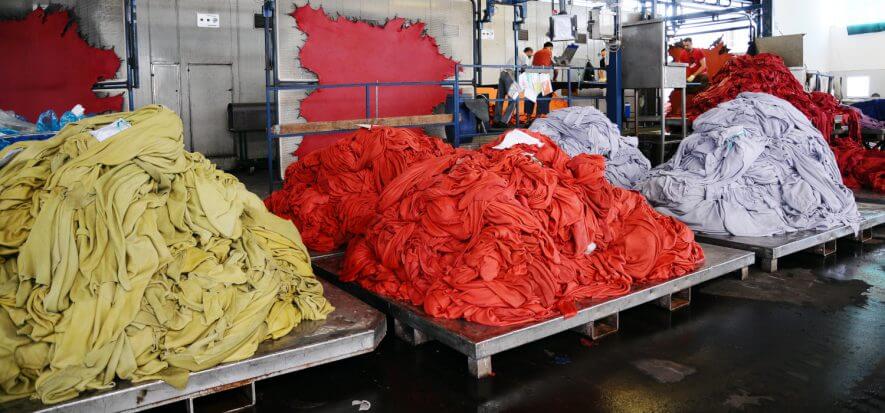Over 30 entities signed the Leather Manifesto. Among them is UNIC – Italian Tanneries, which promoted the document that requested COP26 to give priority to natural materials in the battle for a more sustainable future. The UN conference on climate change is taking place from October 31st to November 12th in Glasgow. It’s the chance to work on the emancipation of fossil fuels and the centricity of natural fibers on a global scale.
The Leather Manifesto
The document focuses on this matter exactly: “Natural fibres, such as leather, cotton, wool, mohair, alpaca, silk, hemp and mycelium, are part of the biogenic carbon cycle and as such are comprised of carbon that has been in the atmosphere for a millennia – reads the text -. When ethically and properly produced, are an important replacement for fossil fuels, reducing the need for its extraction and retaining more carbon in the earth”. Moreover, at the end of their life cycle, “properly produced natural materials will biodegrade, limiting their impact and mitigating harmful emissions, such as microplastic pollution, often associated with the synthetic materials that they replace”.
COP26 should take notice
There is a problem, say the signers. Natural materials, such as leather, are victim of an exclusion problem in the fashion and design industries. Why? Due to “a lack of understanding of the manufacturing process and its supply chain”. In the worst cases, due to “application of questionable science generally in the form of incomplete and incomparable or out-dated Life Cycle Assessments (LCAs)”. Additionally, other materials “often fossil fuel-based materials” jump into the void by claiming unsubstantiated levels of sustainability, even though they are “fossil-fuel based” or “alternative” (often synthetic), paraded as sustainable but that are not in reality. That’s exactly why UNIC and other leather associations around the world signed the document. COP26 can give start to a turnaround by recognizing the ecological characteristics of natural materials. As well as by utilizing them as a way to directly mitigate climate impact.
Click here to read the Leather Manifesto
Read also:










